Science at UM [S02-ep06]: From carbon sequestration by whales to the glass workshop
This week on A l’UM la science, Anaëlle Durfort, a doctoral student at the Marbec laboratory, talks to us about CO2 sequestration in the carcasses of whales that have washed up on the seabed. In the second part of the program, Paolo Spano gives us a tour of the scientific glassworks. Finally, we present issue 18 of Lum magazine, published this week and dedicated to the oceans.
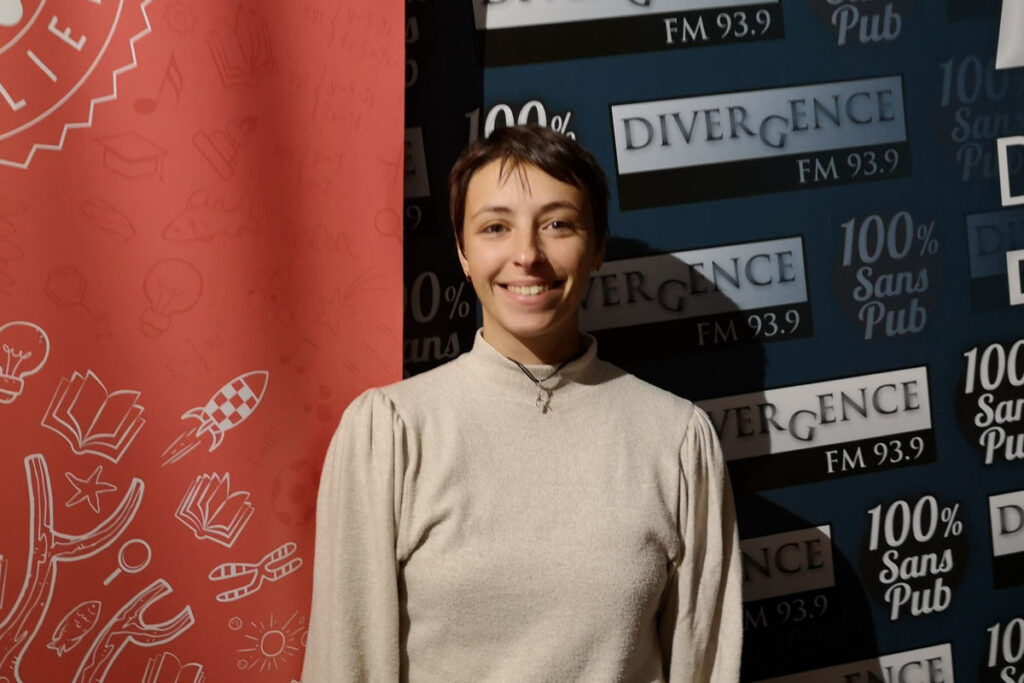
Street lighting, cooking, lubricating machines, making candles, belts, umbrellas, and corsets, as well as being an ingredient of choice in the manufacture of soaps, perfumes, and other cosmetics—for centuries, cetaceans have been hunted by humans for their meat, fat, and bones.
From the 19th century onwards, technological advances transformed this traditional form of fishing into a truly industrial practice. While it is estimated that around 1,500 whales were killed in 1890, this figure rose to 15,000 or 20,000 on the eve of the First World War and to 50,000 in the early 1930s, according to a study by Antoine Delmas and Jacques Guillaume, researchers at the Universities of Poitiers and Nantes.
Faced with this phenomenon, Moby Dick whales are unfortunately rare, and populations of fin whales, sperm whales, and especially right whales are reaching critical levels, prompting some fifteen nations to sign the International Convention for the Regulation of Whaling in 1946. Today, only a few countries, including Norway, Iceland, and Japan, still practice whaling, but populations remain fragile and highly threatened by ongoing climate change. This tragedy does not only affect cetaceans, as recent studies point to the consequences of these massacres on the entire marine ecosystem.
Our guest today, Anaëlle Durfort, a researcher at the Marbec laboratory, went even further by showing the effect of this overfishing on the ocean carbon cycle and, more specifically, on the carbon sequestered by whale carcasses that sink to the bottom of the ocean after their natural death. This research was published in the scientific journal Proceedings B on November 2.
Read:
- Press release: Whaling and climate change: a double whammy for carbon sequestration
- Climate change threatens the recovery of carbon benefits by overharvested baleen whale populations
In the second part of the program, we head to the Triolet campus, specifically to the chemistry department, to visitthe scientific glassware workshop. This is the domain of Paolo Spano, a scientific glassblower who tells us how he can use simple Pyrex tubes to make flasks, test tubes, refrigerators, and micro-distillation devices, much to the delight of chemists.
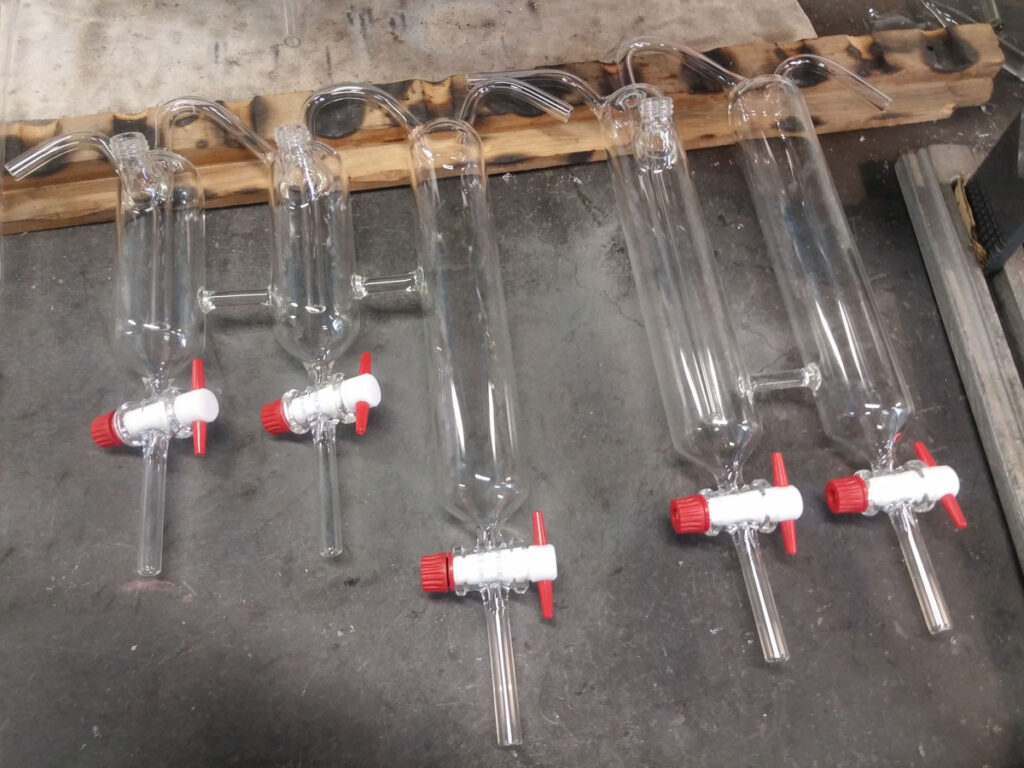
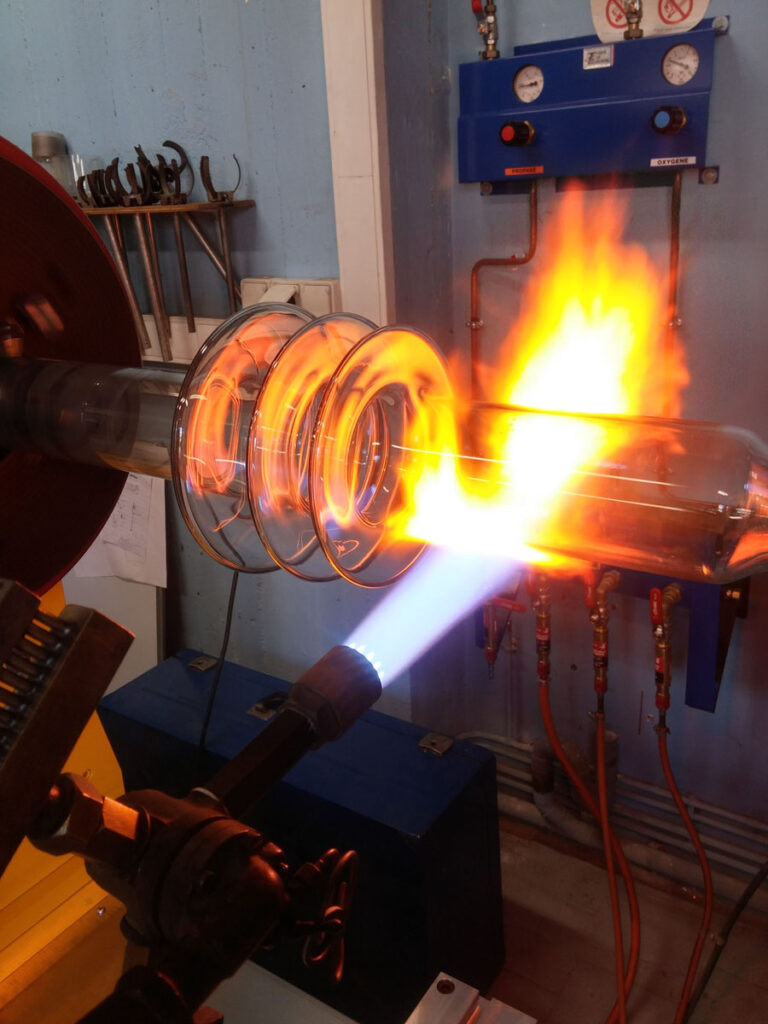
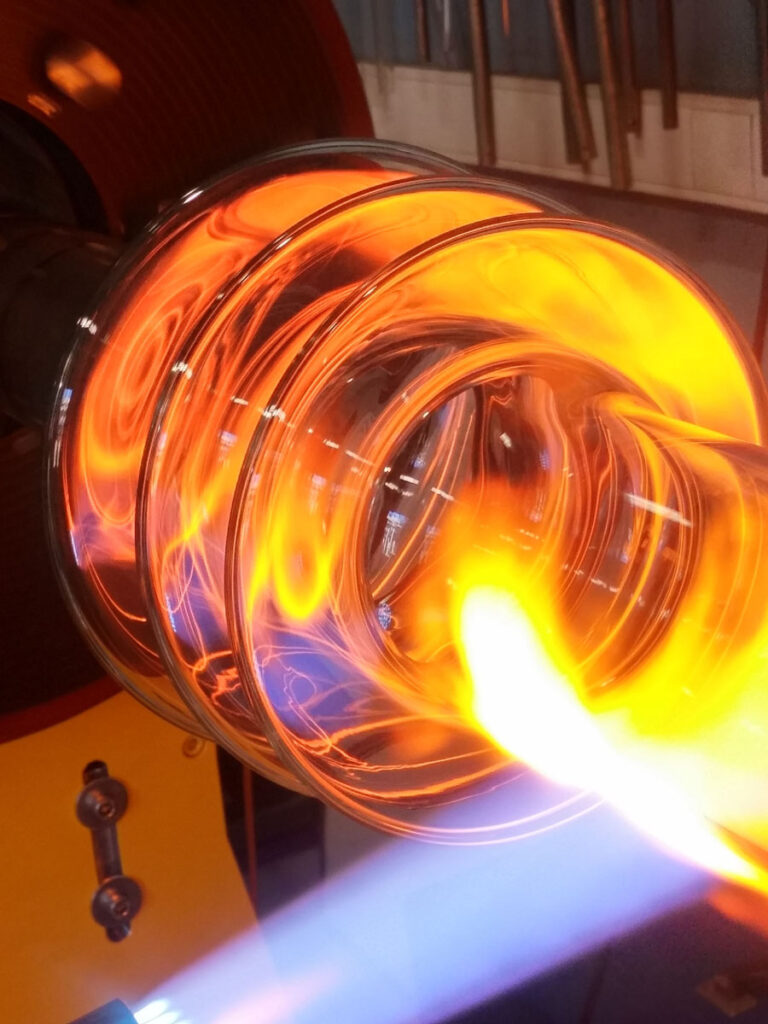
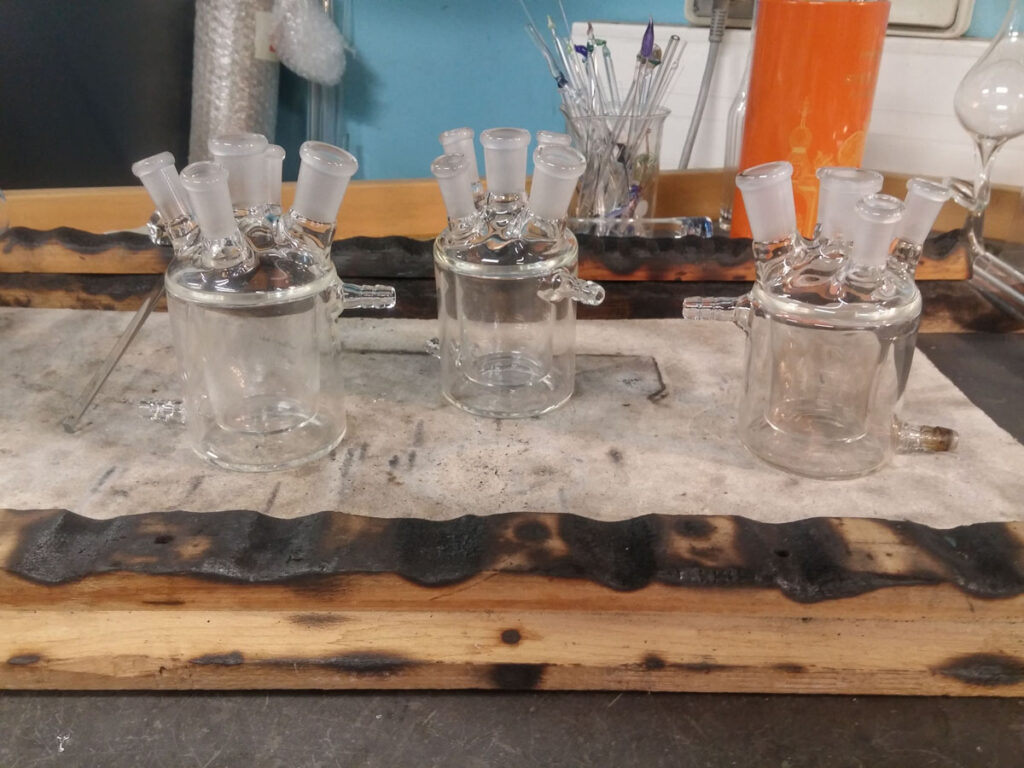
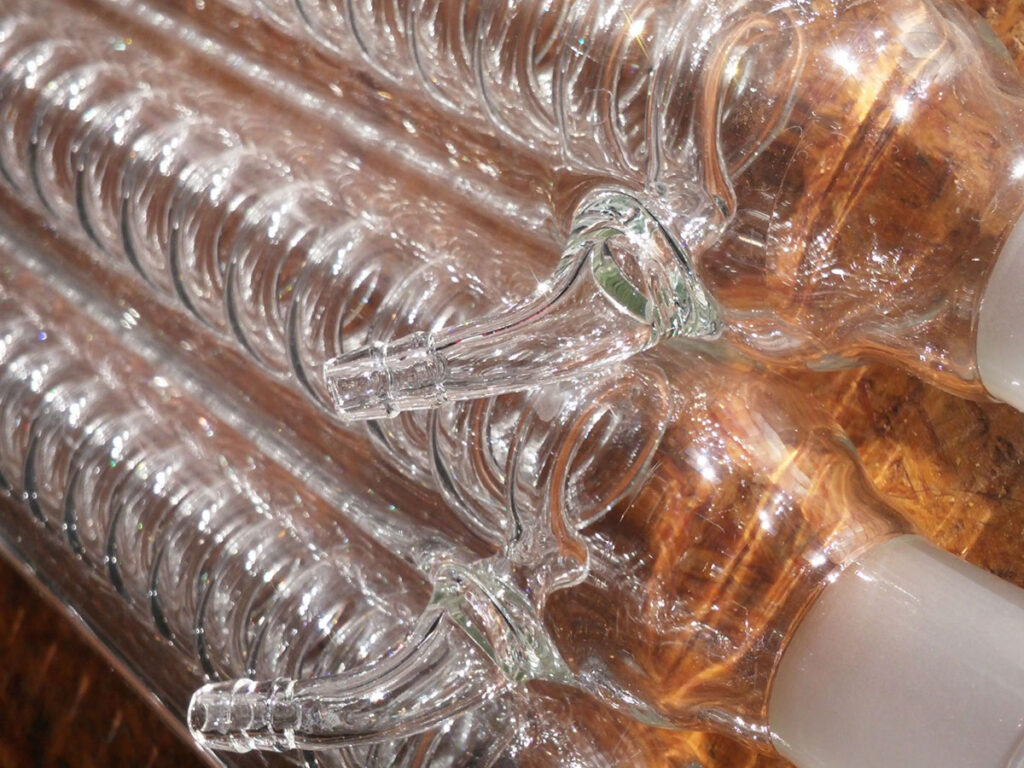
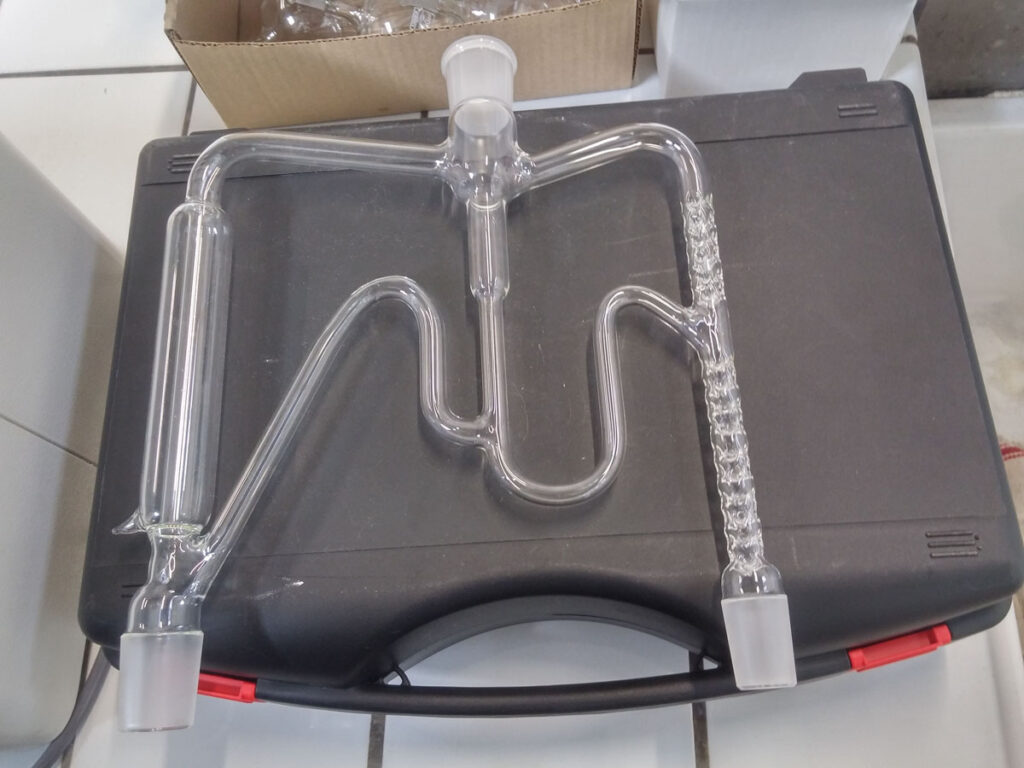
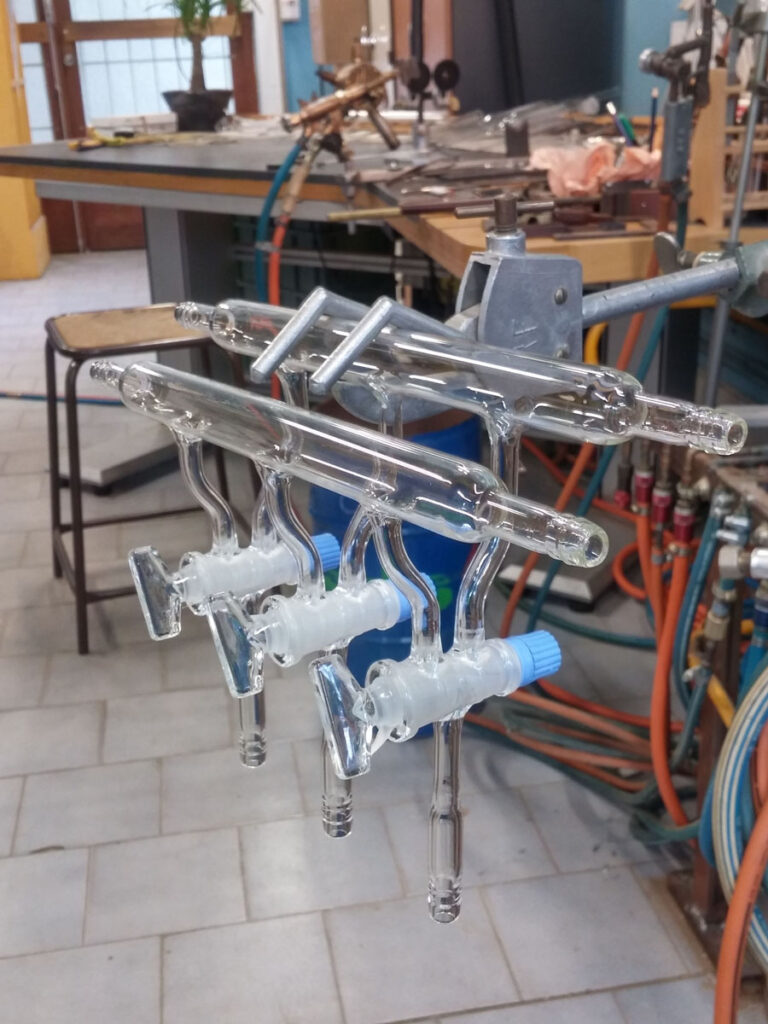
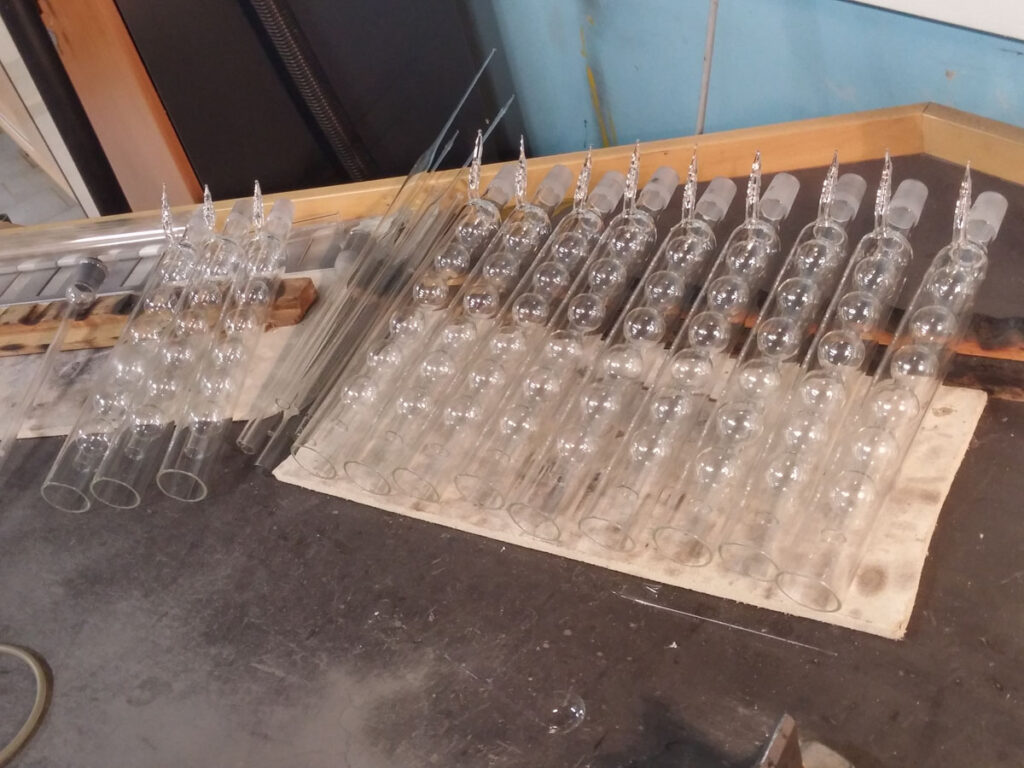
Finally, we invite you to take a look at the contents of the new LUM magazine, released this week. And we're staying on theme, as issue 18 is entirely devoted to the oceans.
At UM Science, you have the program, so let's get started!
Co-production: Divergence FM / University of Montpellier
Host: Lucie Lecherbonnier
Interview: Aline Périault / Lucie Lecherbonnier
Reporting and editing: Aline Périault
Production: Bruno Bertrand
Listen to the program “A l’UM la science” on Divergence FM 93.9
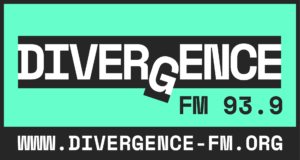
Find UM podcasts now available on your favorite platform (Spotify, Deezer, Apple Podcasts, Amazon Music, etc.).